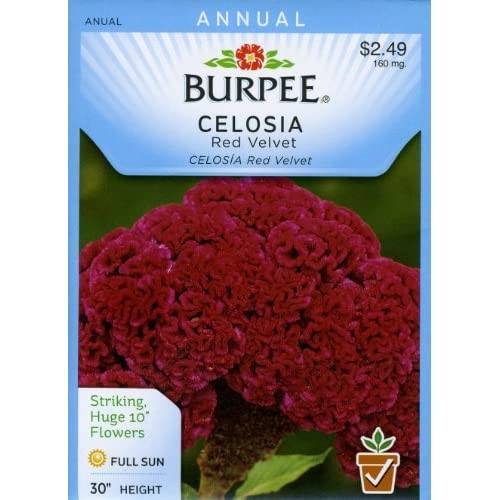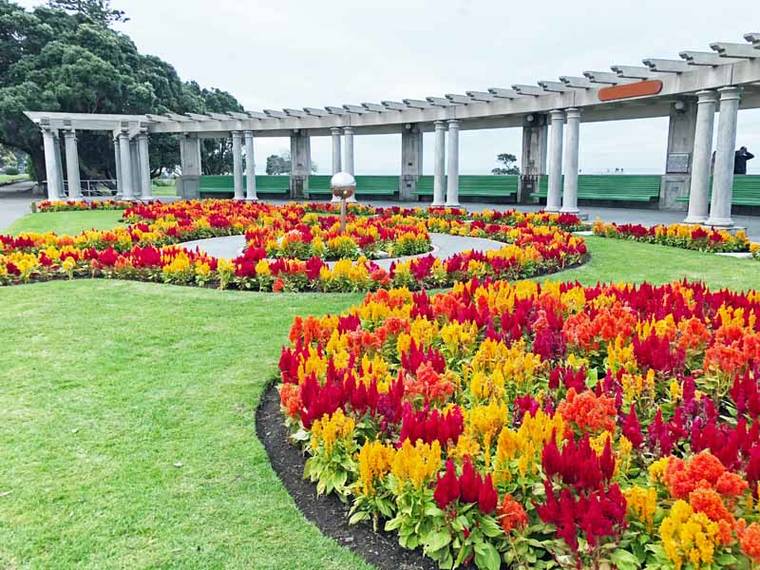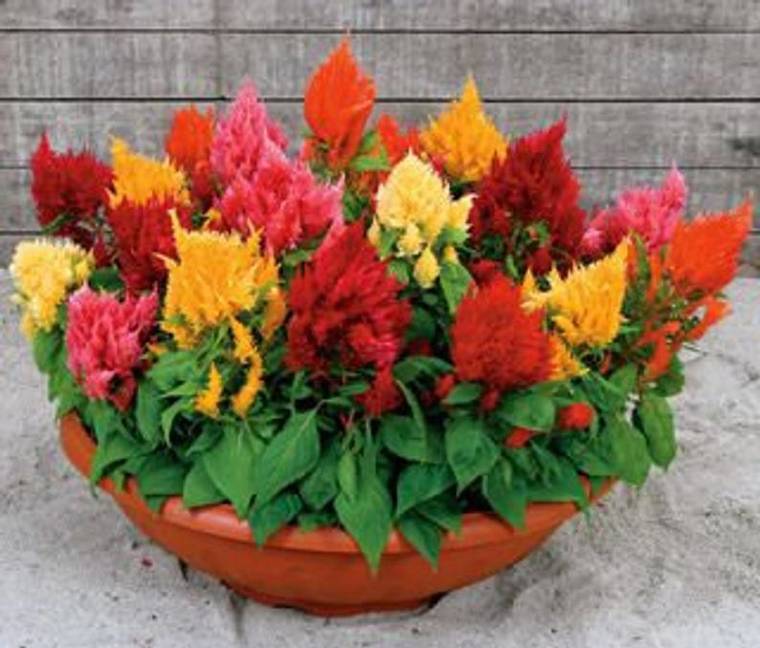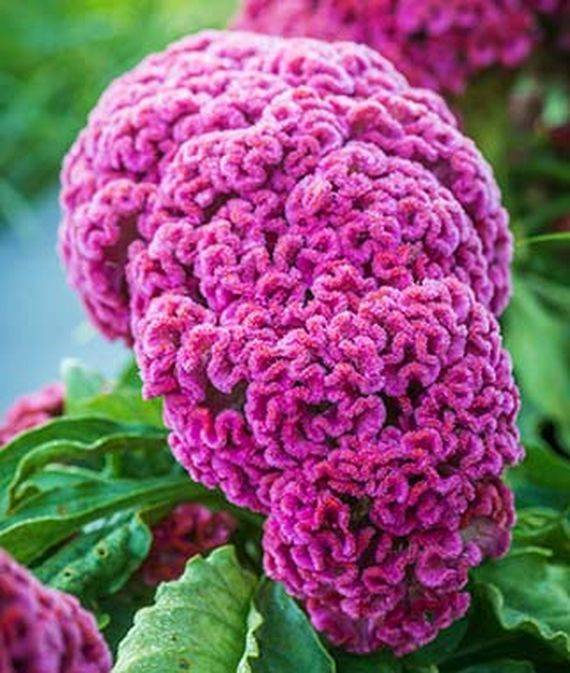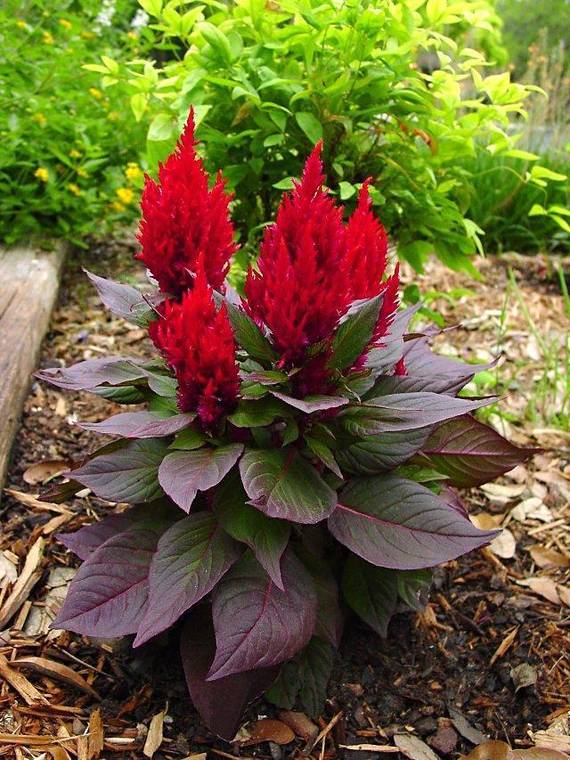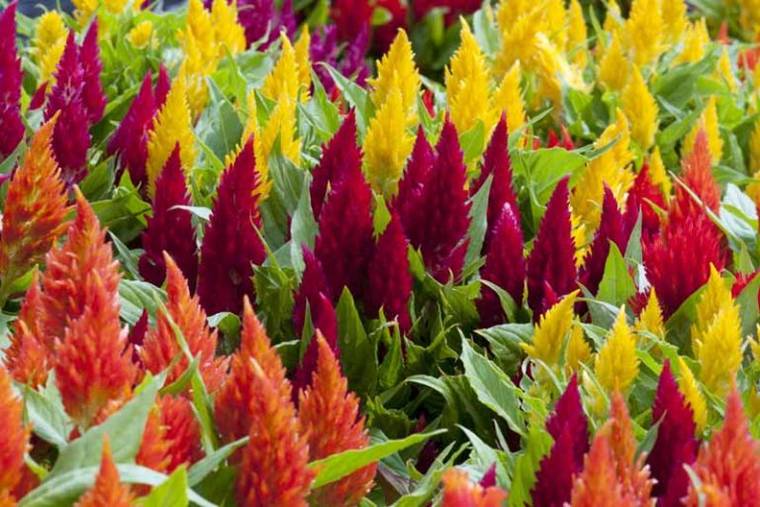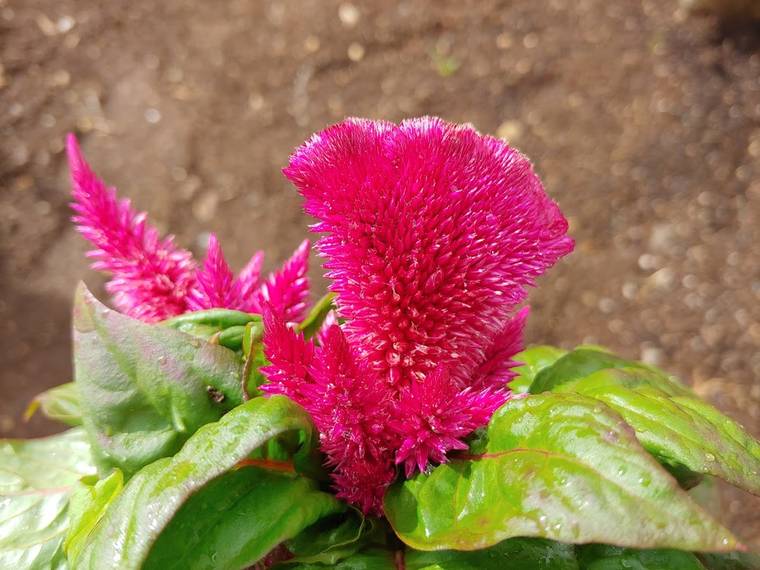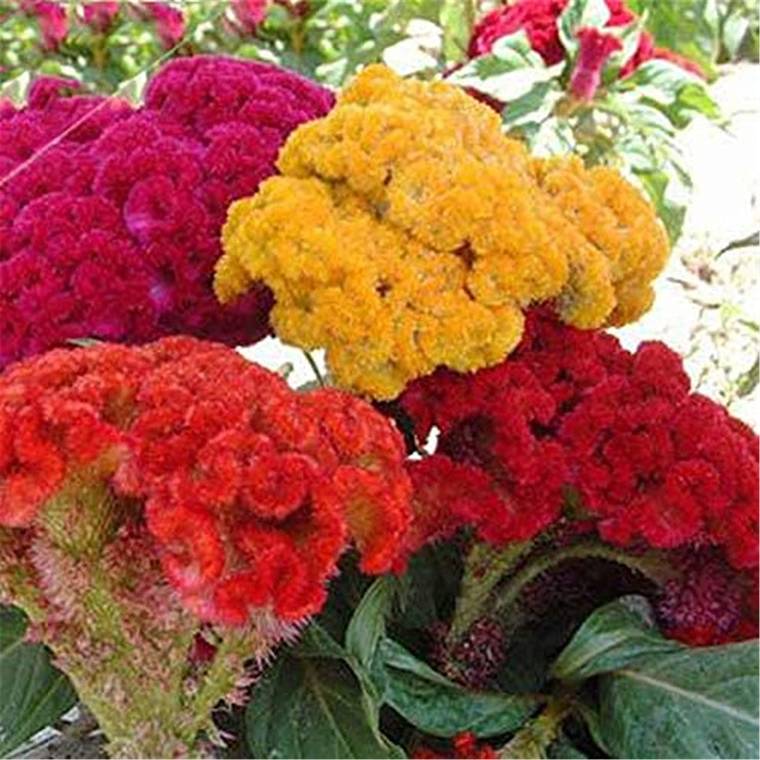April showers are supposed to encourage flowers in May. Here in Hawaii, we can enjoy flowers year-round but this spring might be a good time to plant a flowering plant with unusual and striking blossoms. It is a good time to consider planting some celosia. Grown as an annual in temperate climates this interesting genus of plants usually will continue producing colorful flowers for two years or more in Hawaii.
Like many other members of the Amaranth family, celosia is an herbaceous plant that is native to the tropics. Though likely a native of central India, it has grown for centuries as either a native or a naturalized wildflower in Southeast Asia as well as in tropical South America, Africa and the West Indies. In many of these locations, celosias have been cultivated as flowering plants as well as for their nutritious leafy greens. The leaves are tasty when plants are young but become bitter as the plant matures and begins to flower.
The generic name celosia is derived from the Greek word keleos, which means “burning” referring to the flame-like inflorescence of the plumose variety, Celosia plumerosa. These colorful plumes are also known by the common name wool flower. Some plumerosa varieties also produce attractive fan shaped flowers. Celosia crista is commonly referred to as cockscomb. This common name is based on the resemblance of the intricate folds in the flower to a rooster’s comb.
Both celosia species grow well here and produce flowers in striking colors and interesting shapes. Colors range from white to yellow, orange, red, burgundy and deep purple. The flashy upright plumes and the deeply colored folded inflorescences can light up a garden bed or serve as interesting potted specimens.
Individual celosia plants can grow as high as two feet but usually determine around twelve inches. They are good candidates for both containers and beds. In a location that gets at least six hours of sun a day and in soil that drains well, the plants will thrive. Add compost or potting soil to heavy soil to improve drainage and prevent root rot.
Once established celosia plants need just a little water and almost no maintenance. Some varieties may grow tall with large flower heads, requiring some support. Most will not grow over 18 inches high, however.
Though occasionally subject to aphid attacks, celosias do not usually host other insects or diseases if properly maintained. If pests arrive, treat them quickly to limit damage. You can fertilize lightly several times a year to encourage new growth but the plants can otherwise be ignored.
Actually, with such vibrant flower colors, celosias are hard to ignore. The colors remain when the flowers are picked and can even last when they are dried. The fully opened flowers make a lovely addition to dried flower arrangements.
To dry celosia flowers, harvest them in the morning once the dew has dried. Cut the flower stalk all the way to the ground, remove the leaves and tie a few stems together. Hang the small bunches upside down in a warm, dry spot with good air circulation, out of the sun. Properly dried, the celosia flowers will retain their color for about six months.
Celosia plants produce lots of seeds. They can easily self-seed in our tropical climate making them potentially invasive. If you cut the flowers before seeds form, you can prevent seed spread. Though you may be tempted to save seeds to plant later, most celosia plants are hybrids and unlikely to produce similar progeny from their seeds.
Buying the plants you like in a nursery or growing celosia from purchased seed is the best way to get predictable results. Though nursery-bought plants can do well when transplanted, careful handling is required. Celosia roots do not like to be disturbed so handle the roots gently during transplanting.
Direct seeding in the garden bed or container where you want to grow them is the best route to success. Seeds can be purchased locally and online. Look for a mix of colors and varieties or choose one of your favorites. The small seeds can be sown in rows or simply sprinkled on top of the soil and topped with about a quarter inch of soil. If you keep the soil moist, germination should occur within a few weeks.
Gardeners looking to add a bit of flair to their garden will truly enjoy growing celosia. Maintaining the plants in full sun with small amounts of water applied regularly can insure long lasting color and eye-catching interest for your garden. Look for plants at local garden shops and nurseries or find a seed source. Do get some of this interesting flower growing this spring.
Diana Duff is a plant adviser, educator and consultant living part time in Kailua-Kona.
Gardening Events
Every Saturday: “Work Day at Amy Greenwell Garden” from 9 a.m. to 12:30 p.m. Meet at the Garden Visitor Center across from the Manago Hotel in Captain Cook. Come with a mask and be prepared to practice social distancing. Volunteers can help with garden maintenance and are invited to bring a brown bag lunch. Water and snacks provided. Call Peter at (808) 323-3318 for more information.
Tuesday and Wednesday – “Sprayer Calibration Field Day for Handheld Sprayers” at Kona Research Station 79-7381 Mamalahoa Highway in Kainaliu. Tuesday from 10 to 11:30 am and (in Spanish) 4 to 5:30 pm. Wednesday from 4 to 5:30 pm. Free. Registration at www.HawaiiCoffeeEd.com/spraycal or by calling Matt at (808) 322-0164 two days prior to the event.
May 16 and May 17 – “Sprayer Calibration Field Day for Handheld Sprayers” at The Rising Sun just past the Kaʻu Coffee Mill (follow signs). Sunday 1 to 3 p.m. Monday, 10 a.m. to noon at Kaʻu Coffee Mill (96-2694 Wood Valley Road in Pahala). Both events in English with a Spanish translator available. Registration at www.HawaiiCoffeeEd.com/spraycal or by calling Matt at (808) 322-0164 two days prior to the event.
June 24 and 25 – Save the dates for the Hawaii Coffee Association 2021 Virtual Conference and 12th annual Cupping Competion. For more information, visit www.hawaiicoffeeassoc.org/events
Available online: “Brochure on Hawaii Leaf Rust” available at HawaiiCoffeeEd.com/CLRtrifold or contact Andrea Kawabata by e-mail at andreak@hawaii.edu, by text at (415) 694-1511 or phone at (808) 322-4892.
“Video on Little Fire Ants” with new information from the Hawaii Ant Lab and Hawaii Tropical Fruit Growers at https://www.htfg.org/post/learn-about-little-fire-ants
Farmer Direct Markets (check websites for the latest hours and online markets)
Wednesday: “Ho’oulu Farmers Market” at Sheraton Kona Resort & Spa at Keauhou Bay
Saturday: “Keauhou Farmers Market” 8 a.m. to noon at Keauhou Shopping Center
Information on their online market at keauhoufarmersmThursarket.com/onlinemarket
“Kamuela Farmer’s Market” 7:30 a.m. to noon at Pukalani Stables
“Waimea Town Market” 7:30 a.m. to noon at the Parker School in central Waimea
“Waimea Homestead Farmers Market” from 7:30 a.m. to noon at the Waimea middle and elementary school playground
Sunday: “Pure Kona Green Market” 9 a.m. to 2 p.m. at Amy Greenwell Garden in Captain Cook
“Hamakua Harvest” 9 a.m. to 2 p.m. at Highway 19 and Mamane Street in Honoka’a
Plant Advice Lines
Anytime: konamg@ctahr.hawaii.edu; Tuesdays and Thursdays from 9 a.m. to noon at UH-CES in Kainaliu at (808) 322-4893.









